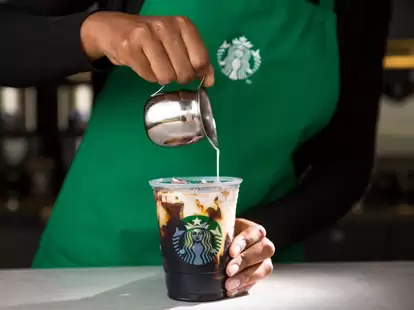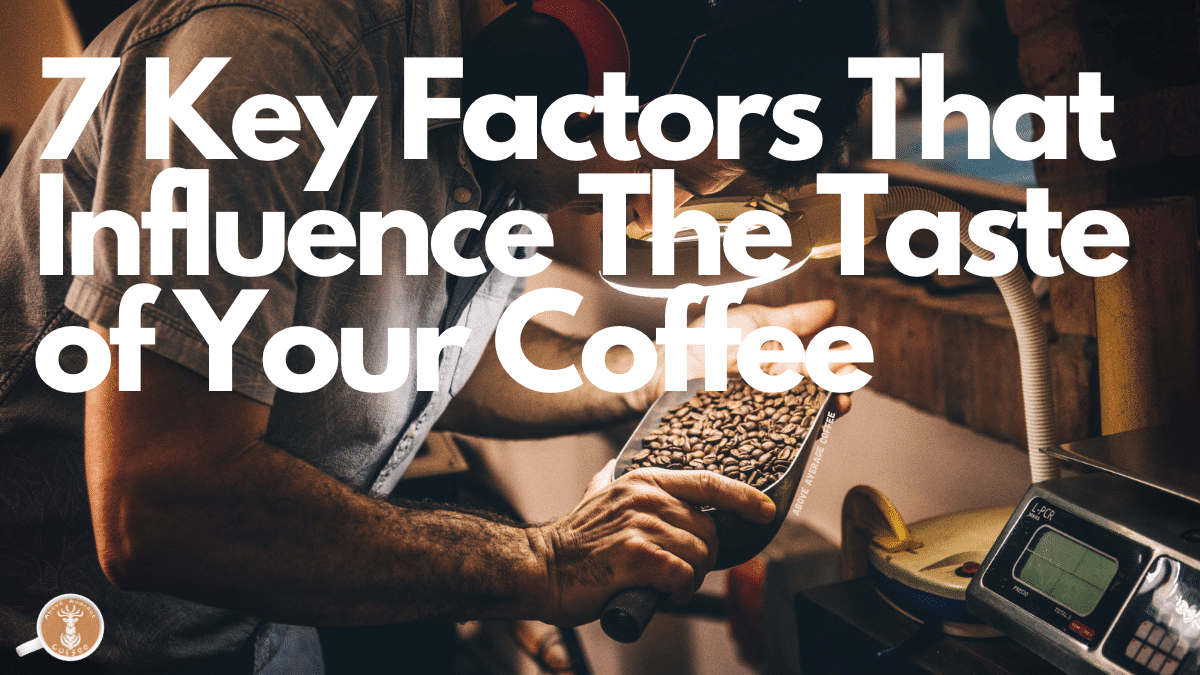I love coffee more than life itself. That aroma, the flavor, and even the sound of the coffee dripping into the carafe each morning is music to my ears. That first sip of the wonderful stuff is like an explosion of flavor on my tongue and I wouldn’t start the day any other way.
As much as I love drinking coffee, I often find that buying coffee beans is more stressful than it should be. There are so many different varieties out there and it feels like such a disappointment if you end up with a flavor that you’re not keen on.
I used to always stick to exactly the same brand of coffee every time, terrified to step outside my comfort zone. That was before I understood the different coffee roasts. It seemed like an advanced concept initially, with so many terms and phrases to learn but once I got the hang of light vs medium vs dark roast a whole new world of delicious coffee opened up to me. I could finally select beans that were appropriate for my brew method and I could tell which specialty coffees would suit my taste and which ones would not.
All this knowledge was too good to keep to myself, so that’s why today I am keen to share all I know about medium vs dark roast coffee, what it is and what you can expect from these different beans.
Medium roast coffee is removed from the roaster when it has passed the ‘first crack’ stage. It is brown in color and has a smooth, balanced, sweet flavor. Dark roast coffee beans stay in the roaster for the ‘second crack’ phase. These beans are dark brown in color and oily on their surface. They have bold single-note flavors like dark chocolate.
That’s the quick answer but to really understand these beans we have to go a step further and look at the origins of the coffee beans, how they make it to the roasting process, and then we can understand the similarities and differences they display.
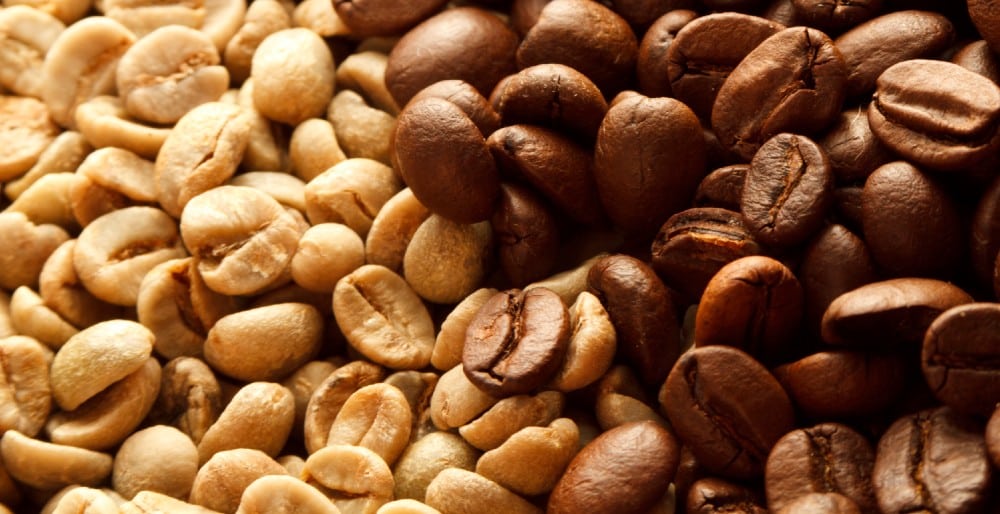
Where Does Coffee Come From?
Coffee beans are the seeds of the coffee plant and they are found encased in a small red berry known as the coffee cherry. The cherries are picked when they ripen and the fruit is removed either mechanically or by fermentation.
The seeds are often washed and left to dry in the sun. These coffee beans are light almost greenish in color and they are moved on to be sorted by weight and size. The green coffee beans are sold to coffee distributors and this is when it meets the roasting process.
The Coffee Roasting Process
Coffee beans are roasted to help bring out the flavors that we all know and love in our cup of coffee. The roasting stage is just as it sounds. The coffee is placed in an oven and cooked until it turns brown. The different roast levels depend on how long the coffee has been cooked as well as how hot the oven is.
The first stage of the coffee roasting process sees the beans changing from their greenish color to a brighter, white color. Given a bit more time they start to gain a yellowish hue before turning a light tan color. The characteristic brown color starts when the beans undergo the Maillard reaction. This is a chemical reaction that happens between the sugars and the amino acids and is responsible for the formation of new flavors and aromas.

As the beans start to caramelize the flavor profile develops and the aroma starts to come alive. The beans start to swell and then they split giving a cracking sound. This is referred to as the first crack. Beans removed from the roaster at this stage are called light roast coffee beans.
If the beans are left to roast for a bit longer then they will split again. Removing the beans just before the second crack gives a medium roast coffee.
After the second crack, the coffee oils start to ooze out from inside and end up all over the surface of the beans. The bean gets darker in color and coffee removed at this stage is called dark roast coffee beans.
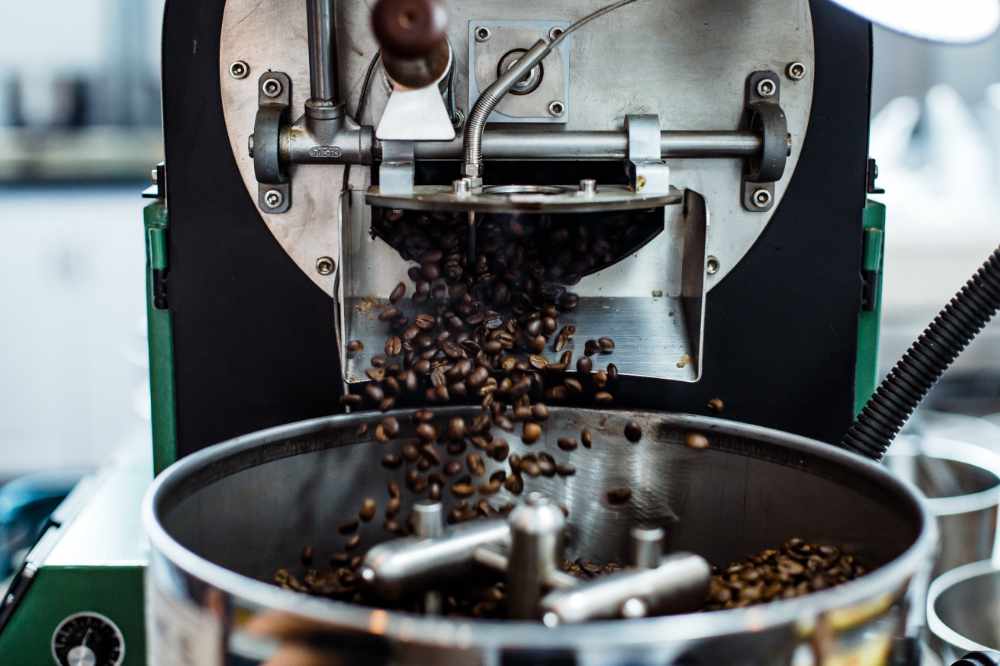
Medium vs Dark Roast Coffee
Roast Time
The actual roast time that distinguishes a medium from a dark roast can vary a bit. The kind of roaster used, the temperature, and the size of coffee beans all play a role in how long it will take to achieve a darker roast. The real consideration is how the coffee beans appear as well as the first and second crack rather than the amount of time they are roasted.
Appearance
Lighter roasts have a paler color and a dry surface to the beans. Once the first crack has happened this gives medium roast beans. These are slightly darker in color than light roast coffee so are dark brown rather than a light brown or tan color. They are still dry on the surface and retain more moisture than darker roast beans.
After the second crack, the beans go a much darker shade of brown and sometimes appear black in color. They have an oily surface so appear shiny and the beans are smaller than lighter roasts. This is due to the beans letting off gas and moisture during the roasting process and this is the cause of the cracking sound.
Flavor
The longer the beans sit in the roaster the more caramelization occurs. This is a chemical reaction that changes the sugars and makes the beans richer in single-note flavors. Light roast coffee is bursting with delicate and complex flavors like fruity and floral notes. As the roasting process progresses these flavors break down to give rich single-note flavors like dark chocolate, burnt caramel, nutty, woody notes, and even tobacco.
Medium roast coffee has a gentle sweetness without too many competing flavors. They have some fruity notes with sweet flavors like milk chocolate and caramel. They are a good balance of light and dark roast flavors without either of these overpowering the taste.
Darker roasts have bold flavors with a balanced bitterness. They brew coffee with a thick, oily mouthfeel and balanced flavor that involves sweet and savory notes. Expect dark chocolate, nutty flavors, and burnt caramel.
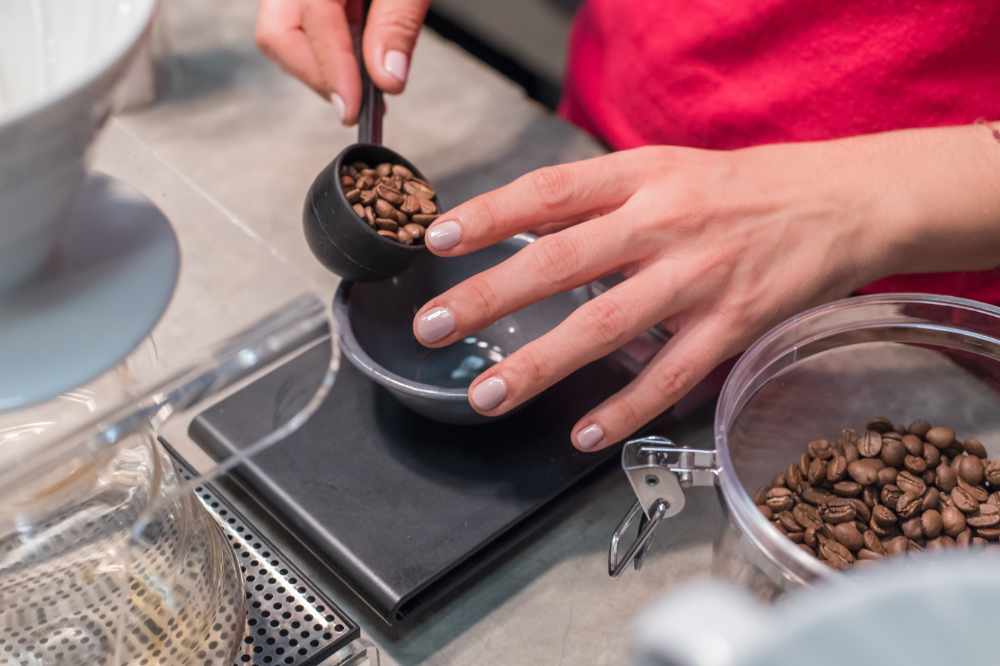
Acidity
The acids found in the coffee beans are responsible for a lot of the lighter, complex flavor notes found in light roast coffee. As the beans are exposed to high temperatures for longer these acids break down.
This means that medium roast beans have higher acid levels than dark roast coffee. These acids add a nice flavor to the coffee but they can be harsh on people with sensitive stomachs or acid reflux. If you suffer from these issues then selecting a darker roast can help.
Amount of Caffeine
There’s a common misconception that darker roast types of coffee have higher caffeine levels because they have a stronger, bolder flavor. This is not true as lighter roasts have higher caffeine content. The caffeine breaks down the longer the beans are in the roaster so dark roast coffee has less caffeine even though the coffee tastes stronger.
The true decider of how much caffeine you end up with is the coffee brand and whether they use arabica or robusta beans. Robusta beans are higher in caffeine and are often added to instant coffee or espresso blends.
Name of Roast Types
When you choose your beans fresh from the coffee roasters it can be difficult to determine the roast darkness. Some beans will be listed in relation to the brewing method so Espresso Roast, French Press, Cold Brew, Moka Pot, and Turkish Coffee all use a pretty dark roast or a medium-dark roast.
Drip coffee, pour-over, and Aeropress will often favor a medium or light roast coffee. Sometimes the packaging will list ‘intensity’ or show a scale to identify the roast levels.
Other terms are sometimes used to indicate the roast. A very light roast coffee may be referred to as cinnamon and a medium roast is sometimes called City Roast or an American Roast. Light City is a light-medium roast with Half City being close to medium. Full City can be used for a medium-dark roast.
After Full-City there’s Dark Roast then French roast comes after this in the darkness scale. The Darkest of all is the Italian Roast which is almost black in color.
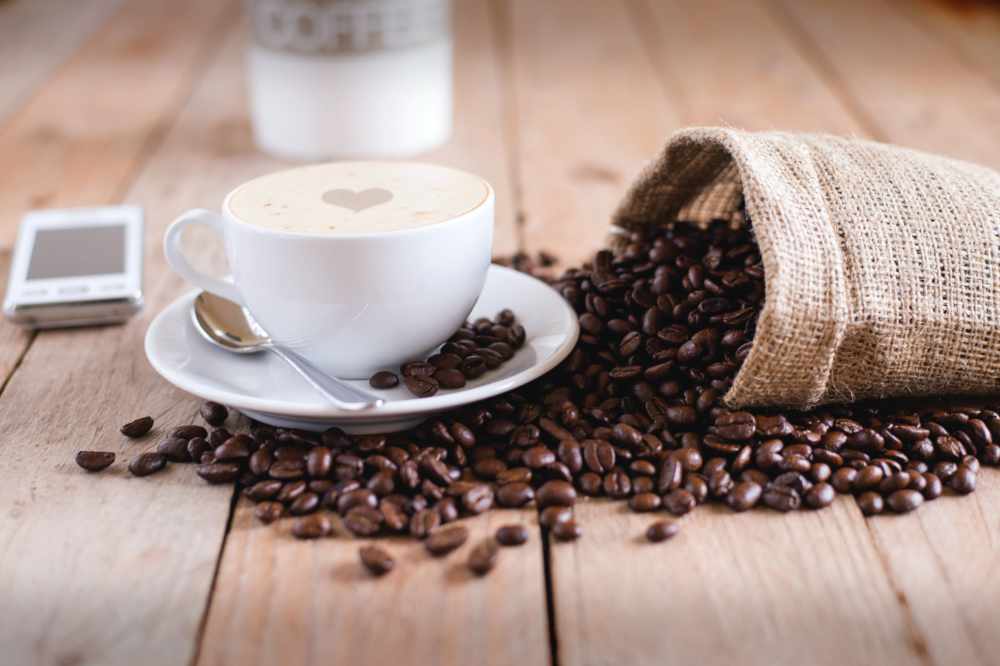
Final Thoughts
Medium roast coffee is sweet and balanced in flavor and suits most brew methods. Dark roast is bold and rich in single-note flavors and suits immersion brewing or espresso making. They both have an important role to play in the coffee-making world and every coffee drinker will have a type they prefer more.
In the end, the best coffee for you depends on your brew method and which flavor profile you enjoy best. Happy brewing!


